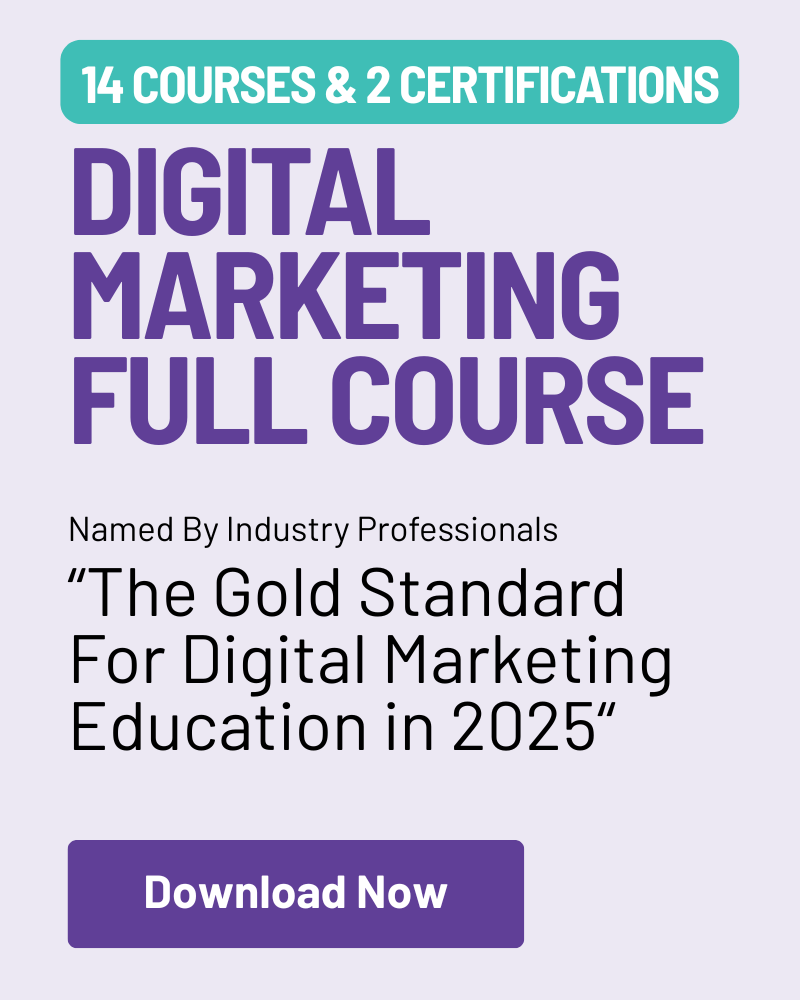- 1. Identify Your Target Market
- 2. Design a Sales Funnel
- 3. Run Facebook And Instagram Ads
- 4. Run Google Search Ads (Google Ads)
- 5. Start Content Marketing
- 6. Boost Your Blog Posts On Facebook
- 7. Use Internal Banners To Drive Traffic To Your Sales Pages
- 8. Optimize Your Checkout Process
- 9. Hire Social Media Influencers
- 10. Start An Email List
- 11. Add Product Discounts And Limited-Time Offers
- 12. Showcase Customer Testimonials
- 13. Incentivize Customers To Leave Product Reviews
- 14. Create a Google Merchant Center Account
- 15. Answer Questions On Product-Related Forums
- 16. Listen To Your Customers
- How Long Before Making Your First Online Sale?
- Learn More About E-Commerce
Starting an eCommerce store is thrilling, but once the initial excitement fades, the big question hits: When will the sales start rolling in?
I remember how stressful waiting for the sale notification was when I launched my first eCommerce website. It felt like I was doing everything right, yet the orders weren’t coming in as fast as I hoped.
The truth is, several factors influence how quickly you’ll get that first sale. However, the good news is you don’t have to sit and wait. By applying the strategies outlined in this post, you can jumpstart the process and see results much faster.
It's the same methods I have used repeatedly for our projects, and they have proven their worth.
1. Identify Your Target Market
The first step is to identify your target market. Your target market is the audience likely to respond to your marketing message. If you don’t know who you’re selling to, you will have difficulty converting traffic into buyers.
The most valuable audience often doesn’t mean the biggest, but instead, one that’s composed of people who will buy what you’re selling.
Getting 500 relevant and targeted visitors is better than 100,00 visitors who will never buy from you.
Start by narrowing down your audience based on demographics, interests, and behaviors.
Ask yourself: Who has a problem that my product solves? What kind of person would benefit most from my offer? Use tools like Google Analytics, social media insights, or even AI to understand your potential customers better.
Once you’ve identified your target market, create buyer personas.
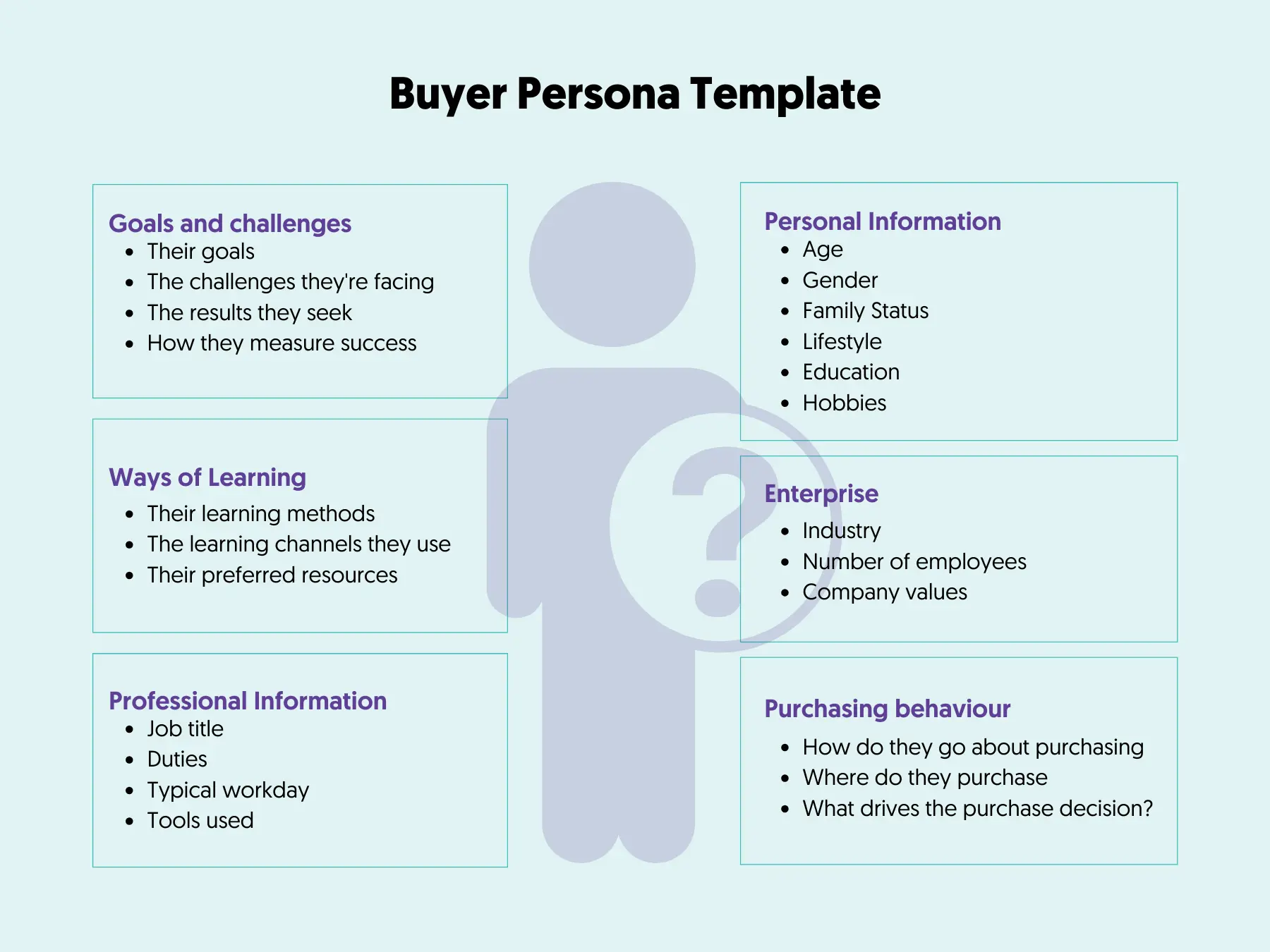
These detailed profiles outline your ideal customers’ age, gender, income level, interests, pain points, and buying habits. This will help you tailor your messaging and marketing efforts to appeal directly to them.
In my experience, the more specific you are about your audience, the easier it will be to craft offers that resonate and lead to sales.
2. Design a Sales Funnel
Creating a sales funnel is one of the quickest ways to guide potential customers toward making their first purchase. When done right, it leads visitors step-by-step through the buying process, making it easier for them to convert into paying customers.
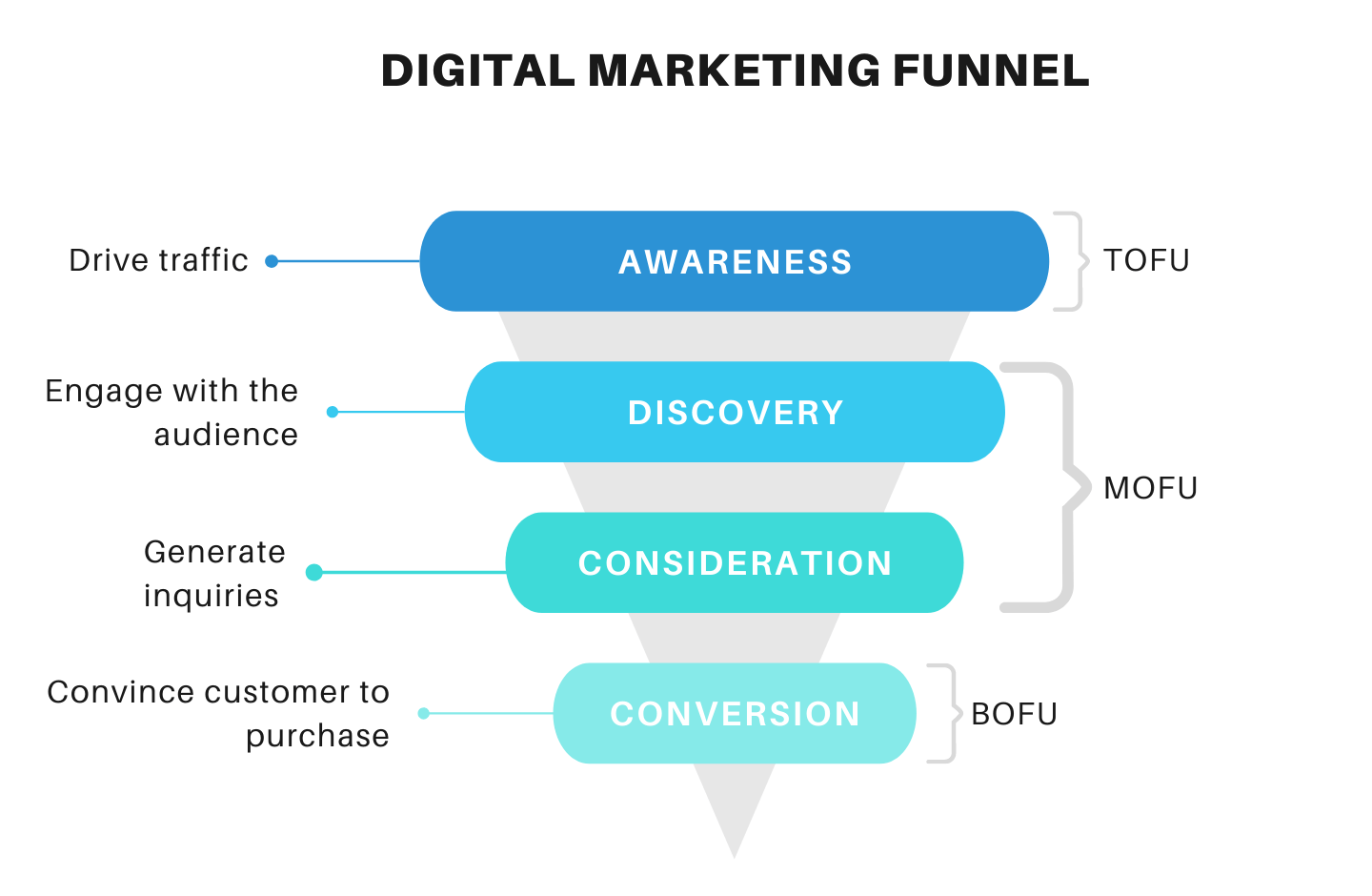
Here’s a standard sales funnel process:
- Awareness: Attract potential customers using blog posts, social media, or paid ads. This stage introduces them to your brand and product.
- Discovery: Engage them by offering something of value, like a free guide or discount. Capture their contact information through a signup form or lead magnet.
- Consideration: Now that they’re interested, provide product demos, testimonials, or comparisons to show why your offer is the best solution for their needs.
- Conversion: Make the buying process simple. Offer a clear call to action (CTA) like “Buy Now,” limited-time discounts, or easy checkout options to encourage a quick purchase.
For an eCommerce store, the process could look like the following:
- Your visitor comes to your site via a targeted Facebook ad.
- They browse your site, read a blog post, and join your email list to download a free ebook.
- They receive a 10% coupon that encourages them to purchase a product.
- They re-visit your website and make a purchase using the discount.
3. Run Facebook And Instagram Ads
With over 5 billion monthly active users across Facebook and Instagram, your first sale could come from a well-targeted ad campaign.
To start, create a Facebook Business Page for your business and use Meta Ads Manager to set up your ads. The key is to take advantage of the platform’s advanced targeting features. This ensures your ads reach people most likely to buy from you.
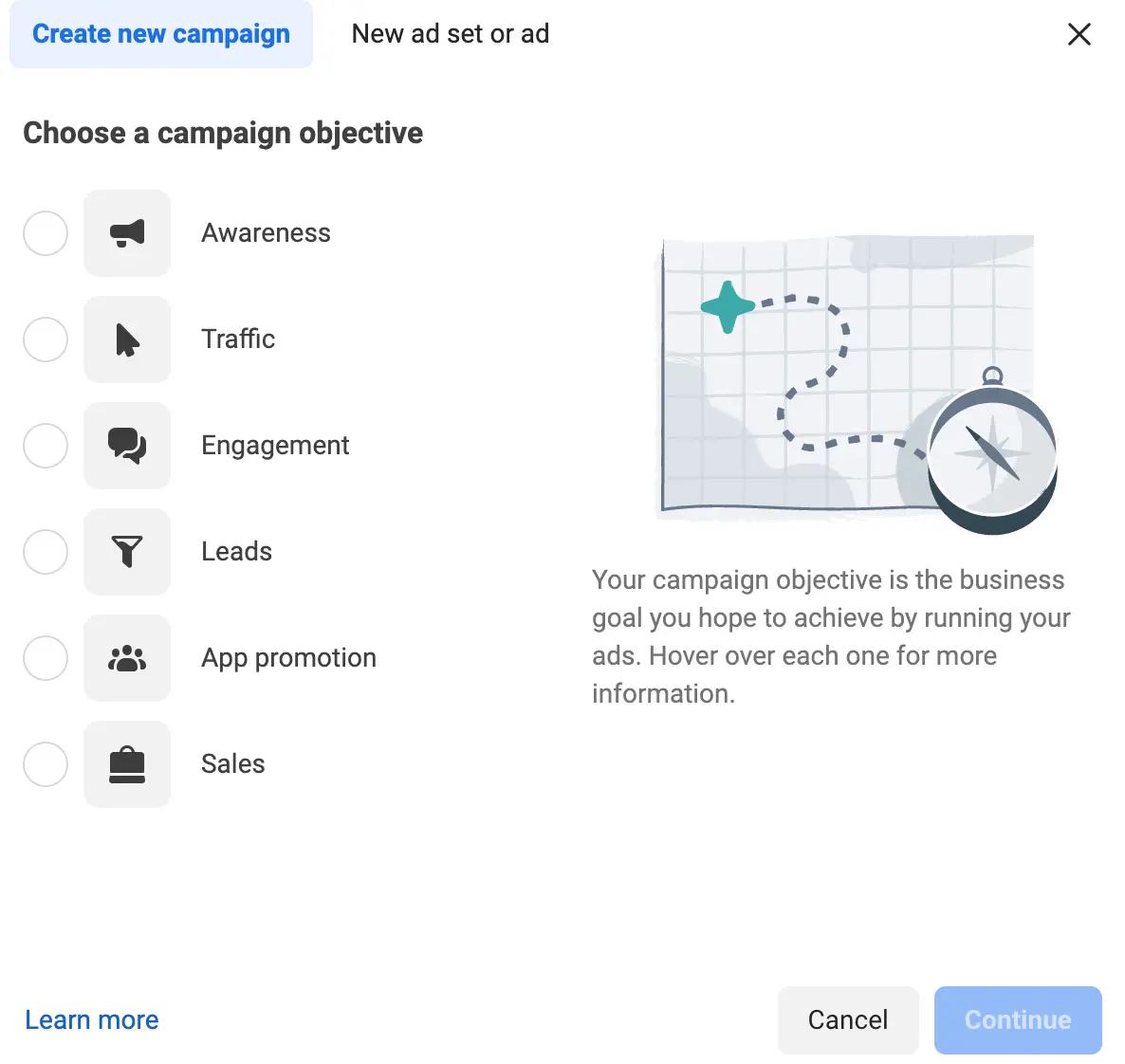
Here’s how to set it up:
- Target by location: You can show your ads to users in specific cities, countries, or neighborhoods.
- Demographic filters: Narrow down your audience by age, gender, education, income level, or occupation to match your ideal customer profile.
- Behavioral targeting: Facebook allows you to target people based on their online activities, such as past purchases, app usage, or device type.
- Interest-based targeting: Reach users who have hobbies, interests, or preferences that align with your product—whether it’s sports, fashion, or movies.
To make your first sale even faster, set up retargeting ads. These ads will show your product to people who’ve already visited your website or added items to their cart but didn’t complete the purchase. This reminder often leads to conversions.
You can also use Dynamic Product Ads. After uploading your product catalog, Facebook’s algorithms automatically show users the most relevant products based on their browsing or shopping behavior, helping you connect with those ready to buy.
To learn more, visit these resources:
4. Run Google Search Ads (Google Ads)
Google Search Ads are shown above the Google search results when people search for keywords related to your product.
These ads are highly targeted since people are already looking for products related to what you sell.

Here are some tips for improving your ad copy:
- Focus on your customer's needs. Describe how your business and products benefit your customers.
- Use keywords. Include our target keywords in your headline and body copy.
- Include a CTA. If possible, add a time-sensitive CTA that encourages people to take action and click your ad now.
Another great feature of running Google Ads is that you can set up dynamic campaigns. Google will automatically match searches with the type of products you sell. Dynamics campaigns are easy to set up and can produce great results since they’re more product-focused.
To learn how to start creating Google Ads campaigns, visit these resources:
5. Start Content Marketing
Content marketing is the process of creating content that provides value and resonates with your audience. Usually, this is more top-of-the-funnel content since you’ll be addressing user problems and speaking more about general issues.
For example, if you’re selling workout supplements, most of your blog content will focus on workouts, healthy eating habits, tips and tricks, supplement breakdowns, and more.
Another purpose of content marketing is to provide educational content surrounding your product. You can publish case studies, answer common questions, demonstrate your product's features, and show how your product can help accomplish certain tasks.
Creating a successful content strategy begins with keyword research. Finding the right keywords will help guide your content and determine which keywords will likely generate more traffic and sales for your store.
6. Boost Your Blog Posts On Facebook
If you want to attract more top-of-the-funnel visitors to your site, consider promoting your blog posts on Facebook. This will allow you to show your blog posts to new and current readers.
If these readers enjoy your articles and are a fit for your products, there’s a good chance they’ll become customers. Here is an example of a Facebook promoted post.

Boosting your blog posts has other advantages as well:
- Exposing your blog post to more readers means more social shares and a chance for backlinks, which improves your overall authority.
- Allows you to get your content in front of new targeted visitors in your market,
- Build greater brand awareness. You can retarget people who visited your site via the blog post, and your ads will “follow them” around the web.
- Share in-depth case studies to show how your products work and elevate user trust.
7. Use Internal Banners To Drive Traffic To Your Sales Pages
Every page of your site should drive visitors to your sales pages. Whether it’s a blog post, category page, or even your contact page, you should be driving visitors to your funnel or product pages.
For example, you could have internal banners throughout your blog posts and on your sidebar that direct people to your sales pages.
Here are some common ways of getting visitors to become customers no matter what page they’re on:
- Use exit-intent pop-ups to get subscribers as they’re leaving your site.
- Include forms and internal banners within blog posts and pages.
- Keep your navigation simple and only include valuable pages.
8. Optimize Your Checkout Process
Purchasing items in your store needs to be a seamless experience. If you have any points of friction during the checkout process, this can lead to cart abandonment.
Think about how seamless it is to order items from Amazon. You want the process of buying products from your website to be this easy.
If you have an existing cart sequence, you can use a free tool like Microsoft Clarity. This tool records your existing user sessions to see where your users are abandoning the checkout process.
Here are a few quick tips for optimizing your checkout page:
1. Don’t ask for too many details
Ideally, you’ll ask your customers for the minimum amount of information. All you need to process payments effectively are name, email, address, and payment information. If you want to collect additional customer information, you can do so after they checkout.
2. Allow for guest checkout
Don’t require your users to create an account before purchasing. A user account will save their login and purchase information for future purchases, but some users might not want to fill out all that information from the start.
3. One-page checkout experience
Your checkout page should never go on to multiple pages. All purchase form fields must be entered on a single page. This setup also performs better on mobile devices.
4. Multiple payment options
If your visitors' preferred payment option isn’t listed, they won’t be able to complete their purchase. You should offer multiple credit card options, along with PayPal, which most people have.
9. Hire Social Media Influencers
Many massive eCommerce brands got their companies off the ground by using influencer marketing. For example, the watch brand Daniel Wellington utilized micro-influencers on Instagram to grow its brand to a powerhouse that’s worth over 200 million today.
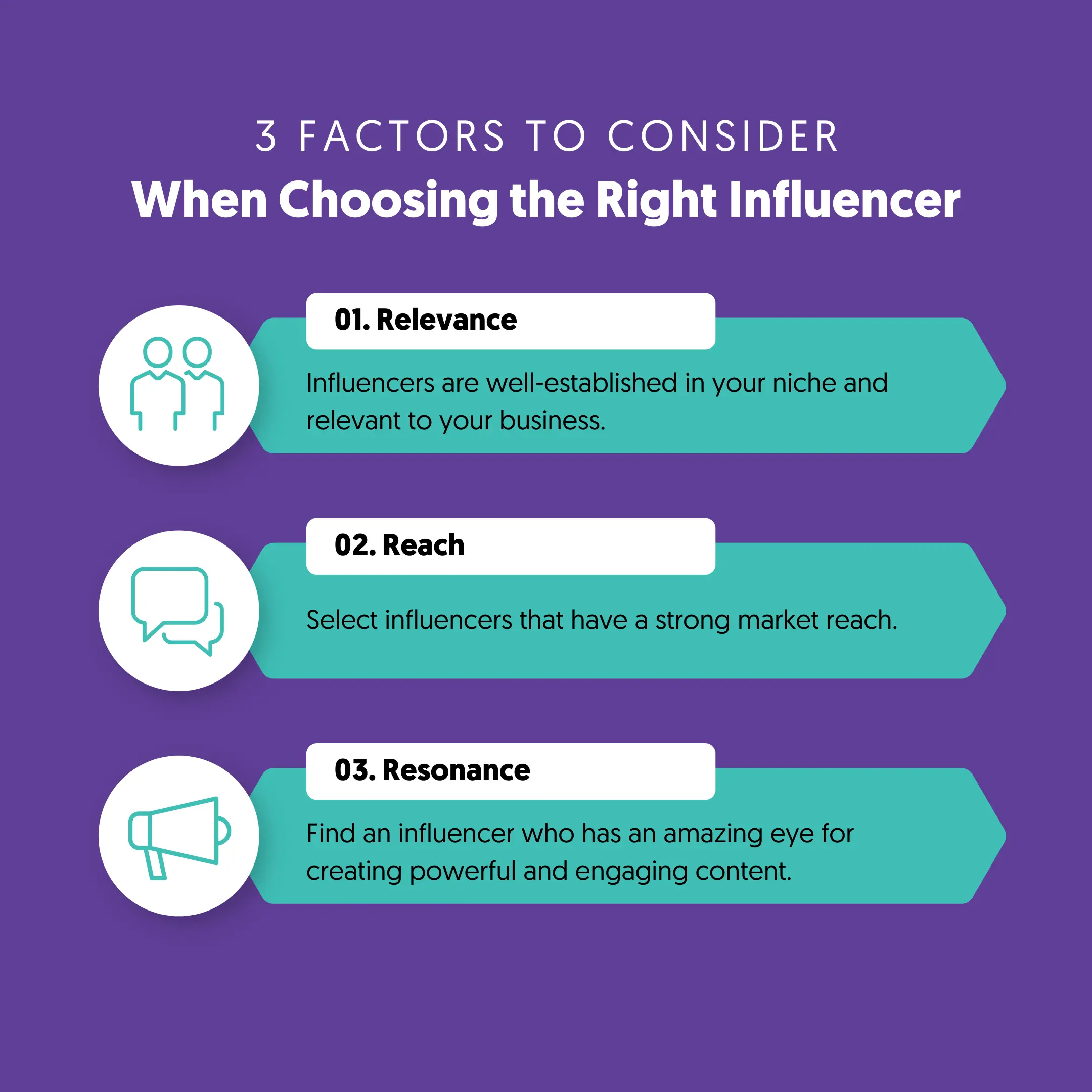
You don’t need to pay massive fees for social media celebrities, either. No matter your budget, you’ll be able to find a handful of influencers who are willing to promote your products in exchange for a sample or free product.
Working with smaller influencers can be more advantageous, as their followers will likely be more engaged and convert into customers.
If you do decide to go the social media influencer route, make sure that you create unique tracking codes for every influencer you work with. That way, you can track the most effective influencers and improve your conversions with new influencer campaigns in the future.
10. Start An Email List
Email marketing is one of the best ways to create customer relationships. It has been proven to have a very high ROI.
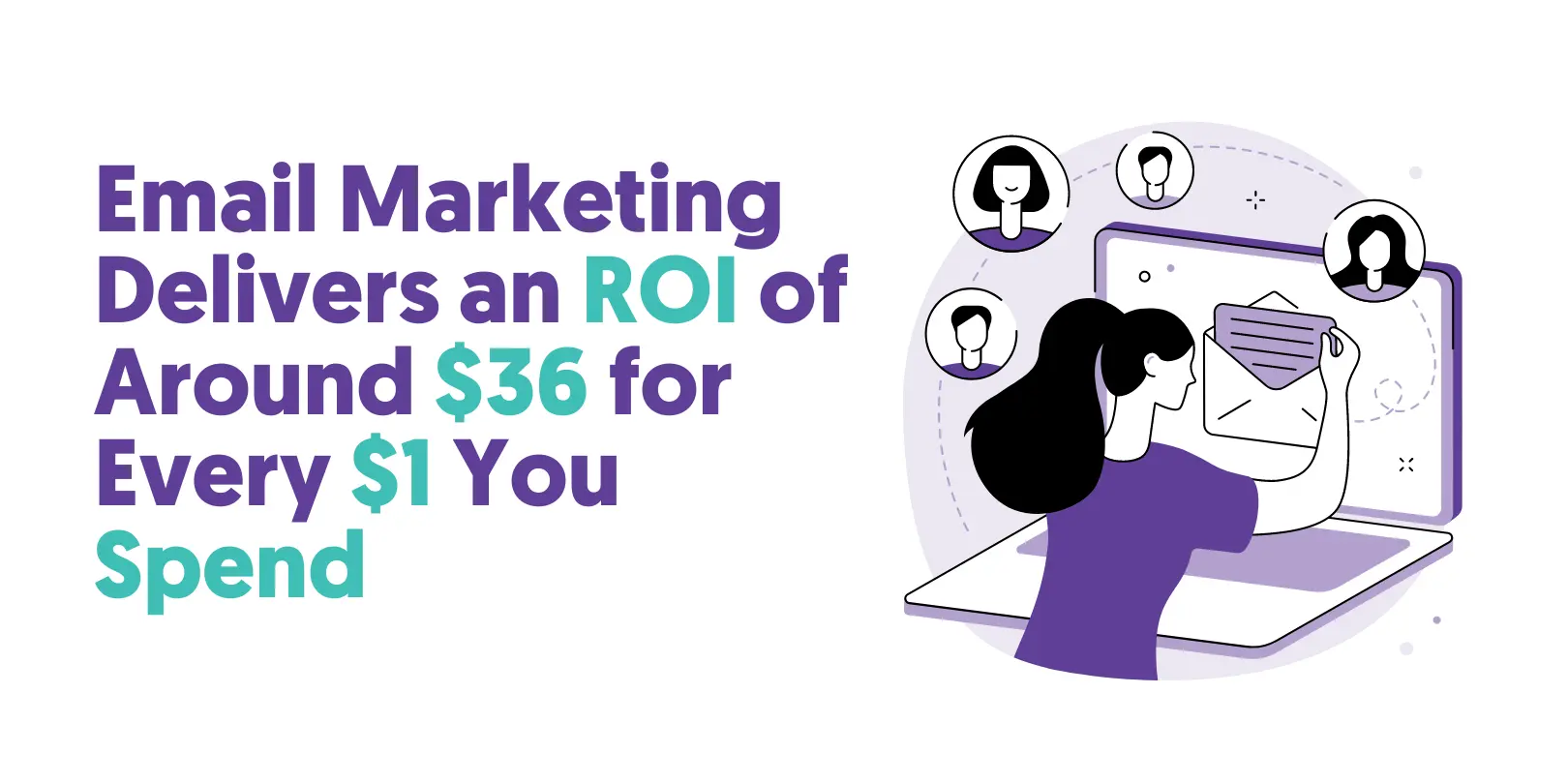
To get people onto your list, you could offer an incentive like a free coupon. Even a simple 10% coupon for first-time buyers will convert many visitors.
Here are some tips for improving your email marketing:
- Create great subject lines that entice your reader to open the email. This also includes your preview text, shown to the right of your email headline.
- Personalize your emails with user information. This includes using your subscriber's name where possible, tagging users based on their actions, and more.
- Create abandoned cart sequences. These run when users fail to complete a purchase, and you gently remind them they have items remaining in the cart.
- Use coupons. Reward your most valuable subscribers with coupons and deals only for them.
Finally, make sure that you test your emails. Split testing can help you learn what converts best for your audience by testing different subject lines, links, CTAs, and more.
11. Add Product Discounts And Limited-Time Offers
Creating urgency around your products is a great way to generate sales quickly. There’s a reason that Black Friday sales generated around $9 billion in revenue this year. People can’t resist a good deal, especially when a deadline is attached.
One great option for eCommerce is to implement scarcity. This can either be a limited number of products or a time-based deal.
For this to work, you’ll need to accomplish the following:
- Use the fear of missing out trigger (FOMO)
- Add an active action-based CTA
- Use time or product-based scarcity
For example, you could create stock-based scarcity by showing the stock levels of your products. You could also create a time-sensitive 24-hour coupon or even a 3-day sale where products are discounted by 50%.
12. Showcase Customer Testimonials
Create a dedicated page on your site to host reviews. This will appear on Google when people search for your company name + reviews or testimonials.
Social proof can be an incredible way to sell more products. Some of the most popular search terms include “product name + review”. Third-party reviews are well-trusted by consumers.
There’s a reason that some of Amazon's best-selling products also tend to have the highest number of reviews.
You can use this for your site by creating a dedicated page for reviews and testimonials. Having a dedicated page can increase the chances of this showing up in Google so that you can pick up some additional traffic.
This will also help visitors convert into customers, as nearly 92% of online shoppers look at reviews before purchasing.
13. Incentivize Customers To Leave Product Reviews
Product reviews can make or break your business. Negative reviews allow you to improve as a business, while positive reviews can help improve your sales process.
Getting customers to leave reviews about your business can be tough. Most satisfied customers won’t say anything, but unhappy customers can be very vocal.
Here are some tips to encourage positive product reviews:
- A simple ask. Often, all you have to do is ask and make it easy for your customers to leave a review. Something as simple as an automated email with a link to a review platform will suffice.
- Follow up for reviews. Sending a quick email asking customers for reviews should be part of your monthly workflow. You can tag customers in your email marketing provider.
- Give coupons for reviews. One of the quickest ways to get more customer reviews is to offer coupons to people who leave reviews on past products.
14. Create a Google Merchant Center Account
Setting up a free Google Merchant Center Account lets you list your products across Google, making them visible to millions of potential buyers. When people search for products like yours, your listings will appear in their search results, Google Shopping, Google Maps, and YouTube feed, giving you immediate exposure.
By connecting your store to Google Merchant Center, you can also run AI-powered Google Shopping Ads, which are highly targeted and can drive traffic straight to your product pages. This visibility increases your chances of making that first sale by reaching customers actively searching for what you’re selling.
Benefits of a Google Merchant Center include:
- Build brand awareness. When people search on Google, listing your products makes your brand stand out.
- Get more quality leads. People searching for specific types of products on Google are already past the awareness stage and looking to buy or compare product prices.
- Easy to implement. All you have to do is create a free account and connect your online store.
15. Answer Questions On Product-Related Forums
Chances are there are dozens of different platforms where you can answer questions related to your products and provide value. If you’re growing in popularity, then there’s a good chance that people are talking about your business online.
This could be in forums, Facebook groups, Reddit, and even question-and-answer sites like Quora.
You can set up Google Alerts to notify you every time your brand or product is mentioned online so you can respond.
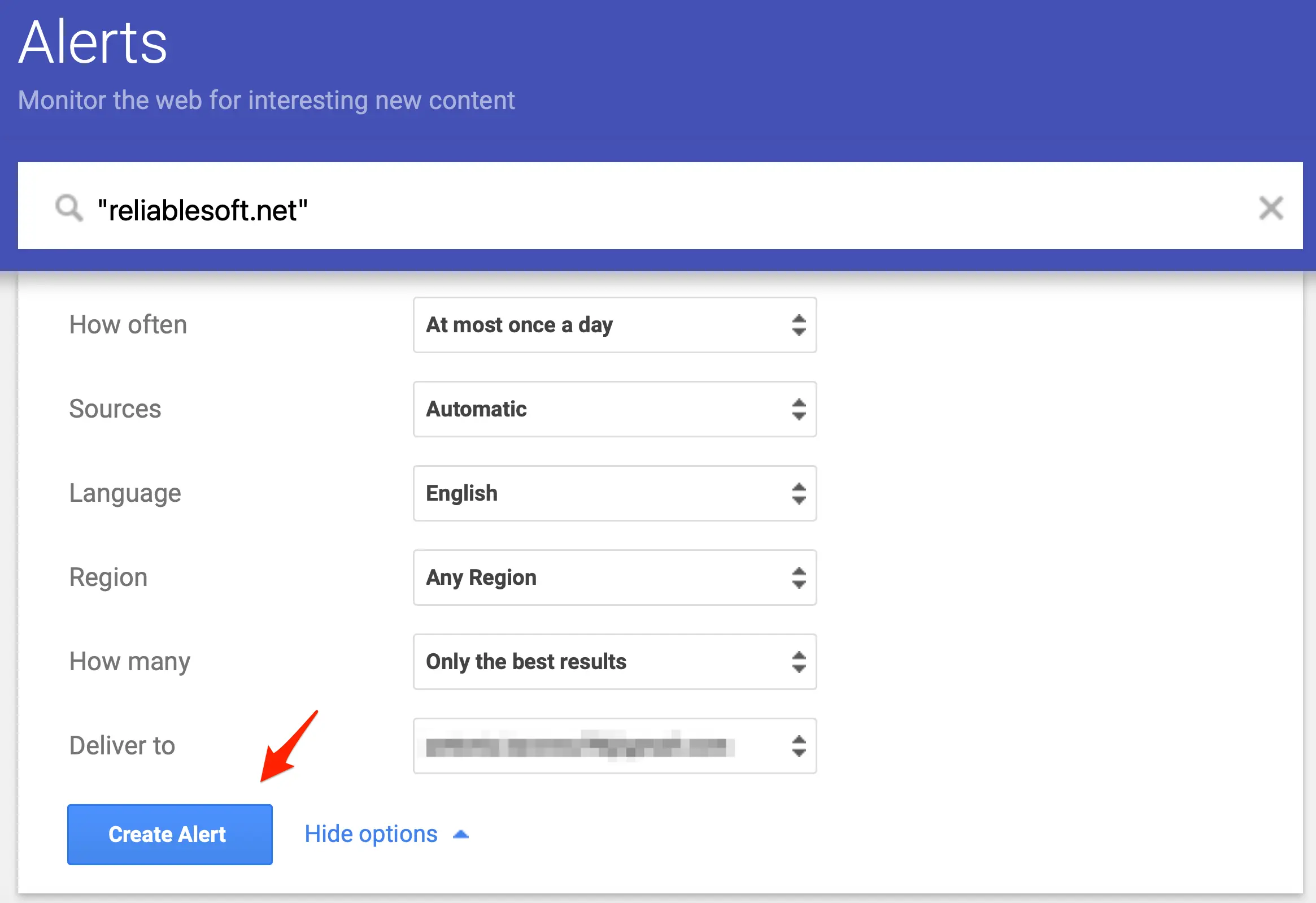
You can also take the alternative approach of joining relevant groups and answering questions.
For example, you could spend time answering questions related to your niche and providing value. You don’t have to link to your products specifically, but have links to your store in your author bio and profile.
As you become a known resource, people will follow your link, and you’ll have highly qualified visitors coming to check out your store.
16. Listen To Your Customers
Listening to what your customers want is key to improving your sales process. Maybe they want a new product feature, something you could fix, or even comments you can add to your product copy to improve conversion.
There are many ways to gather customer feedback, but the simplest is to create an email survey and send it to your list.
You can use your existing email marketing provider and link to a Google Form, or you can create a series of questions you send out via email if you only want 1-2 questions answered.
You can also incentivize your customers to participate in the survey by adding their names to a giveaway if they send you their survey answers.
How Long Before Making Your First Online Sale?
Various factors affect how long it will take to make your first sale, such as the price, the types of products you’re selling, the amount of traffic to your store, and the type of traffic visiting your store.
For some store owners, the sale could happen the same day they launch their store, while for others, it could take weeks.
Every website is different. For example, if you already have an engaged audience and you’ve been building hype about your product, you can expect to make a ton of sales the first day.
However, if you’re starting completely from scratch with no existing traffic, then it’ll take some time to generate buzz and sales.
Here are some of the most common reasons you’re not making sales yet:
- Product price. Are you priced too high or even too low? Your price should be in alignment with the current market.
- Type of traffic. Are you reaching the right audience that’ll buy your products?
- Checkout process. Is your checkout process fast and easy? Does it work on mobile devices?
- Payment options. Do you offer enough payment options? At the very least, you should accept multiple credit cards and PayPal.
- Website trust. Do visitors trust you enough to buy from you? At the minimum, you’ll need an SSL certificate and solid customer reviews.
- Product descriptions. Are your descriptions confusing? Or do they accurately describe your products?
- Slow website. Does your site load fast? A slow-loading website can kill sales. 79% of shoppers said they will abandon a website if it takes more than 3 seconds to load.
